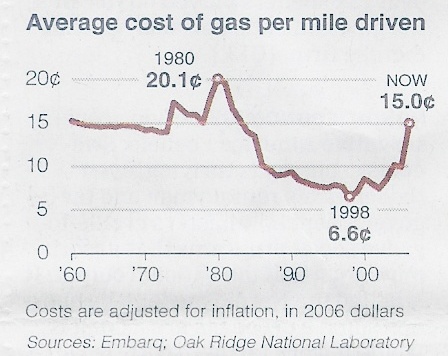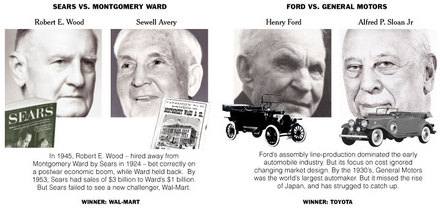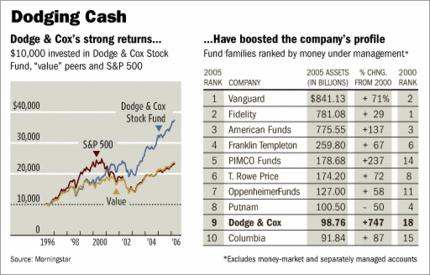Even cockroaches manage to make collective decisions that, seemingly by magic, produce an outcome that benefits everyone (except the people whose kitchens they are in). When roaches decide where to move in, they must balance crowding against protection against predators. The goal: pack enough roaches into a shelter to provide strength in numbers, but not so much that dangerous crowding results.
When scientists put roaches into a dish containing identical shelters, they thought the roaches would fill one shelter and then use others for spillover. But the gregarious bugs defied expectations.
When more than half the bugs could fit into one shelter, they divided into two equal groups: For instance, when 50 had a choice of three shelters, each with a capacity of 40, 25 cockroaches gathered in one, 25 in another, and none in the third, biologist José Halloy of the Free University of Brussels and colleagues reported last month in Proceedings of the National Academy of Sciences.
Dividing up evenly, he says, "spreads benefits and risks among all individuals," rather than having 40 bugs safe and happy while the 10 for whom there was no room at the inn suffer. But when each of three shelters could hold 70, all 50 cockroaches packed into one. Each outcome was optimal, producing the greatest safety in numbers without crowding.
Yet no leader assigns lodging. Roaches just check out shelters, with later arrivals deciding that a crowd signifies "this is the place to be." Overcrowding means "find somewhere else." A group decision that perfectly balances protection and crowding emerges from dozens of such individual decisions.
For the full story, see:
Begley, Sharon. "Buffalo Seek Consensus and Other Tales of How Animals Decide Things." The Wall Street Journal (Fri., April 14, 2006): A11.

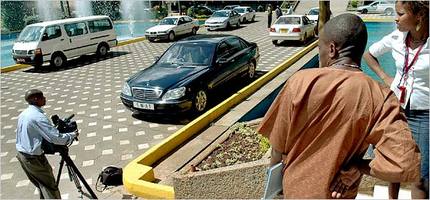
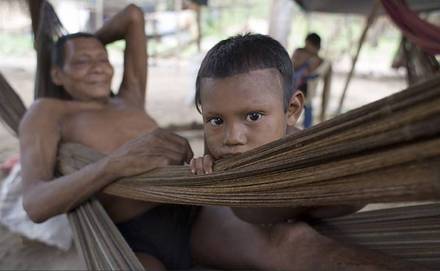
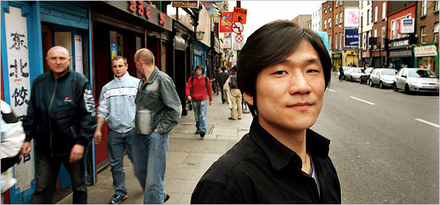
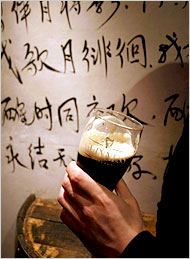 "his customers, in an unspoken gesture of good will, drink each other’s national beers." Source of caption, and photo:
"his customers, in an unspoken gesture of good will, drink each other’s national beers." Source of caption, and photo: 